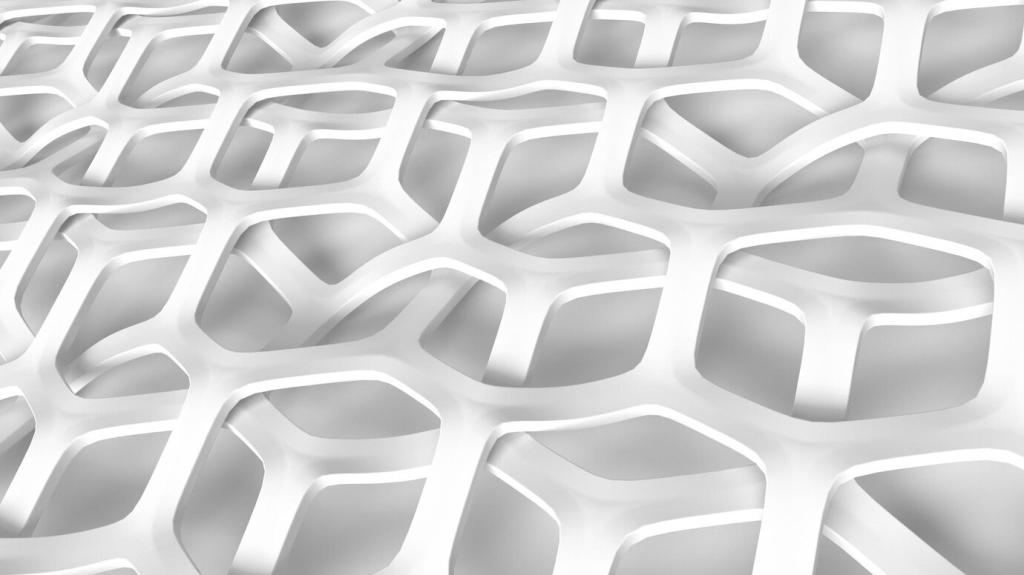Why Roof Resilience Matters Right Now
Across many regions, heat spikes, big hail, and rapid freeze-thaw cycles are becoming normal instead of rare. That means roofs must handle wider temperature swings, heavier rain bursts, and punishing wind events without failing early or leaking under pressure.
Why Roof Resilience Matters Right Now
A leaky or brittle roof can ripple through a household budget. Repairs, interior damage, insurance claims, and energy losses add up fast. Investing in resilient materials often reduces long-term costs and worry, especially when storms arrive back-to-back.






